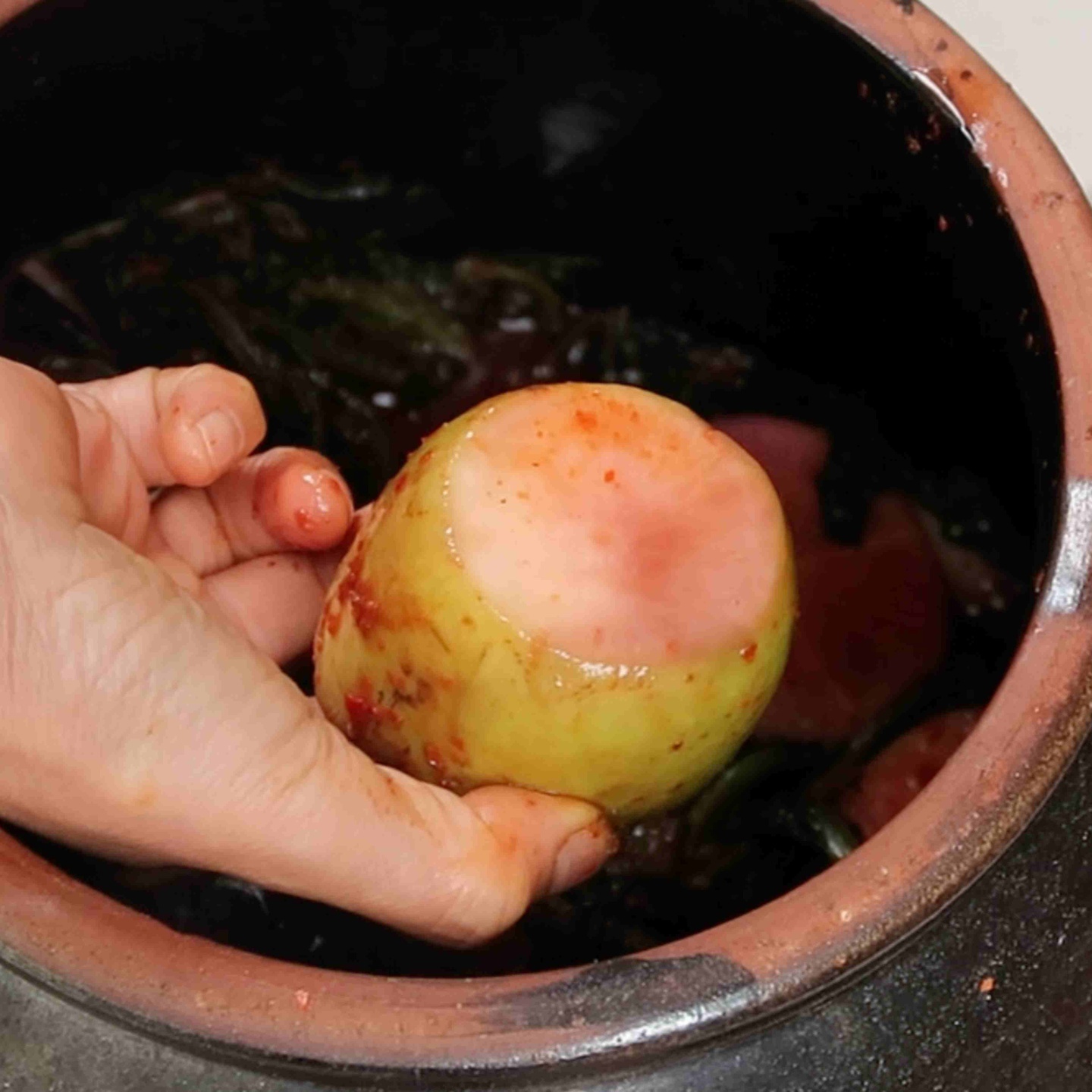Noodles originated from Mesopotamia and made their way to Korea through the silk road.
Traditionally, noodles were eaten by the wealthy royalty, served to ancestors during ancestral rites, or on special occasions like weddings. They symbolized the wish for young children to live a long healthy life or a wish for a long happy relationship. Today, it is recorded that each Korean person eats 13kg or 28lbs of noodles a year. Daegu is actually the highest consumer of noodles per capita nationwide in Korea.
When Korean noodles were first starting to develop, they were mostly made from buckwheat, but after the Korean war, when rice was scarce, an abundance of flour was given to Korea, and flour-based noodles boomed.
There are over 2000 noodle recipes recorded in Korean history. Korean noodle dishes vary based on the region and availability of the local ingredients. For example, Gangwon-do Provence is famous for its cold buckwheat noodles. Buckwheat which thrives in cold weather, grows really well in that Provence.
The Korean word for noodles is “국수”. The term 면 is based on Chinese letters, just like when I talked about Korean pancakes.
Noodles can be categorized in many different ways. They can be categorized by how they are made, what ingredients are used to make the noodles, and what dishes they are made into.

